Creating minimum lovable products
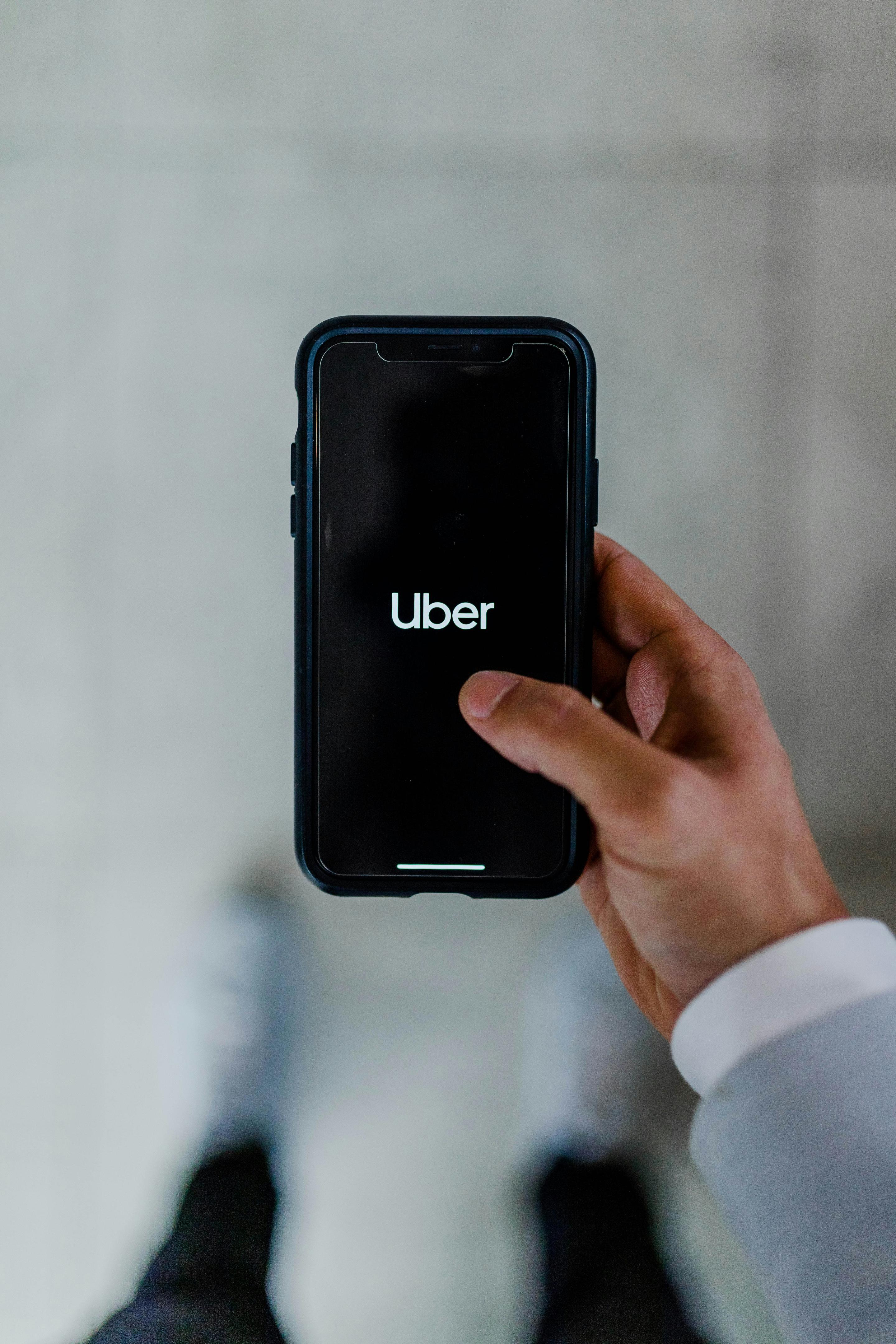
Why More Features Aren’t Always Best For Your Customers And Outcomes
Creating something new is a process of discovery. In business terms, it’s about taking a basic concept for a product and building upon it without ever losing sight of the essential idea that brought it into being. The creative process also depends on continual testing to see how well audiences respond to the idea or whether the product itself can succeed in practice.
When creating a new product from scratch, it can be tempting to overload it with swish new features. Yet this same habit can unintentionally sabotage your product by obscuring its basic concept.
This is why, during the testing phase of development, creating a ‘Minimum Lovable Product’ (or ‘MLP’) can be helpful. But what is an MLP, and what is the difference between essential MLP features and less important ones? This article will explore all of the above and cite an example of an iconic app which leveraged an MLP at a critical juncture in its development. Read on to learn more.
What is an MLP?
If you’ve never heard the term ‘MLP’ before, then allow us to break it down for you.
Simply put, an MLP can be considered the most bare-bones version of a product or app that can go to market, sitting between the prototype and the final product. The idea is to create a design which contains just enough features for users to find the product engaging, intuitive, and lovable, and no more.
Based on the back of this iteration, the app can then be sent out into the world on a trial basis to be tested by users and used to gather valuable data. This feedback, in turn, will be used to improve the development of the product and prepare it for its eventual launch and release to the public at large.
Thus, we should think about the creation of an MLP as fulfilling three key objectives:
However, in order to be truly effective, your design team needs to ensure that your MLP features aren’t overwhelming or overly difficult for a casual user to interact with. It needs to include the essential features that make it work and the key design principles that will captivate your target user base without overloading users with information.
That way, your team can determine exactly what features are of the utmost importance, and what can be discounted as superfluous, to ensure that your product fulfils its primary purpose.
MLP case Study: Uber
Uber is now one of the most popular mobile apps in the entire world, boasting over 149 million active users as of March 2024. However, the app’s stratospheric success depended on a rigorous period of testing and revision during its development, and its use of an MVP as a blueprint is well documented.
Garret Camp and Travis Kalanick first had the idea for the rideshare app back in 2009, but they wanted to test if there was actual demand for their idea. To test the concept for their app, they created an MVP of their own, which they dubbed ‘UberCab’. This prototype version began life with a simplified mobile interface, which boasted a number of limitations, including:
The UberCab MVP also lacked several key features the Uber app has today, such as driver live tracking, fare splitting, automatic credit card payments, and estimated fares.
Yet the user data and feedback that Camp and Kalanick acquired were essential to their development. Subsequently, using their MVP, they were able to test market risks and the viability of their app and add new features as they iterated based on the responses of their sample of beta users.
Learn the Essentials of App Development With Future Platforms
From conception to launch, developing an app from scratch can be difficult for any organisation—particularly if they lack direct experience in this field. Balancing the competing demands of an MLP is an especially tricky feat. However, seeking expert advice and support can make things far easier.
Here at Future Platforms, we've already had the pleasure of helping a number of clients across many different industries build and launch digital products, including MVPs. We'll work closely with your enterprise to understand your product inside and out, then continually iterate your design during development.
Then we’ll help you get to grips with any new technology you need to launch your product, as well as helping you implement that all-important user feedback as you go.
So, if you’d like to know how we can help,get in contact with our team today.
Insights
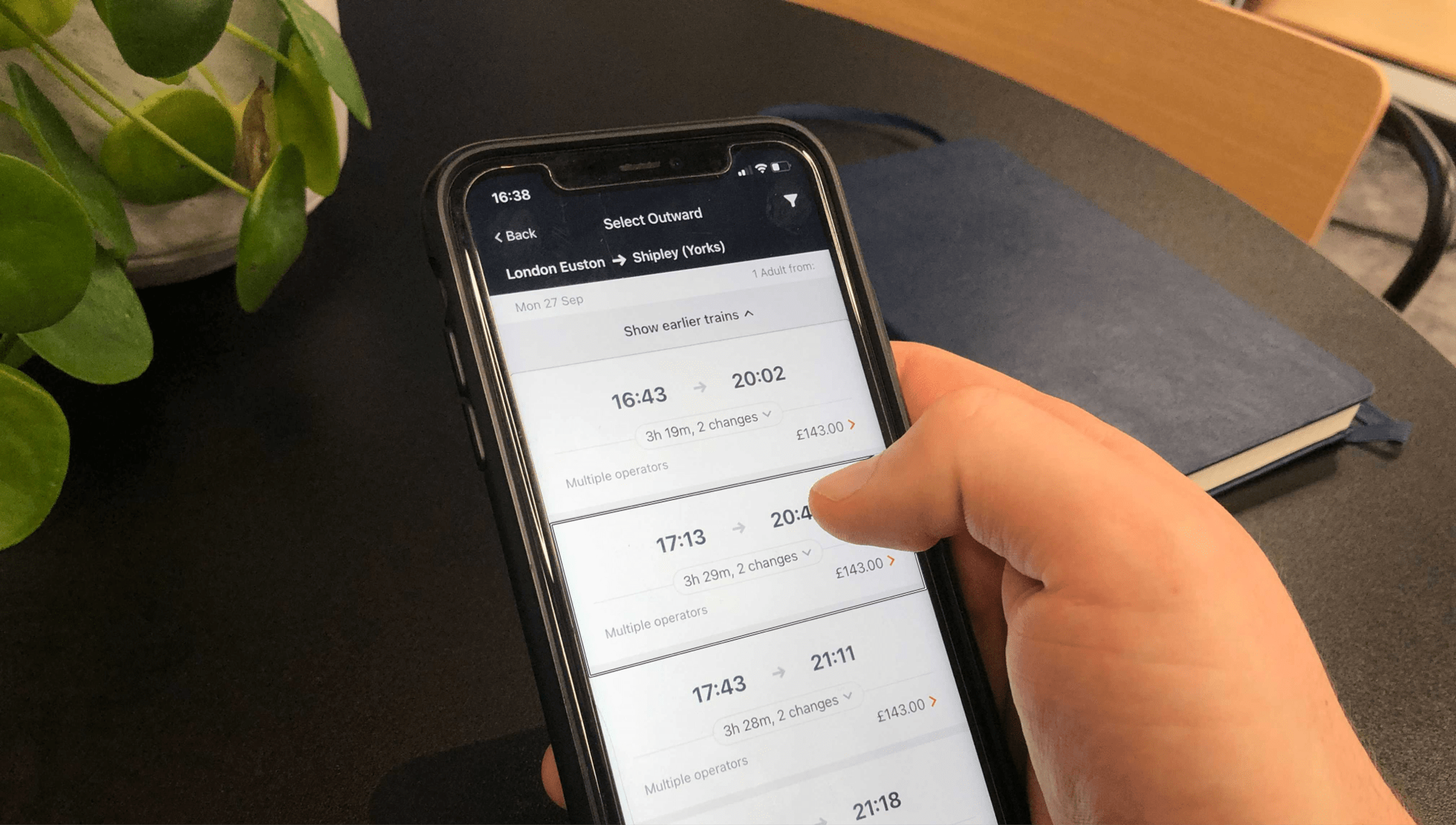
Inclusivity and accessibility within design
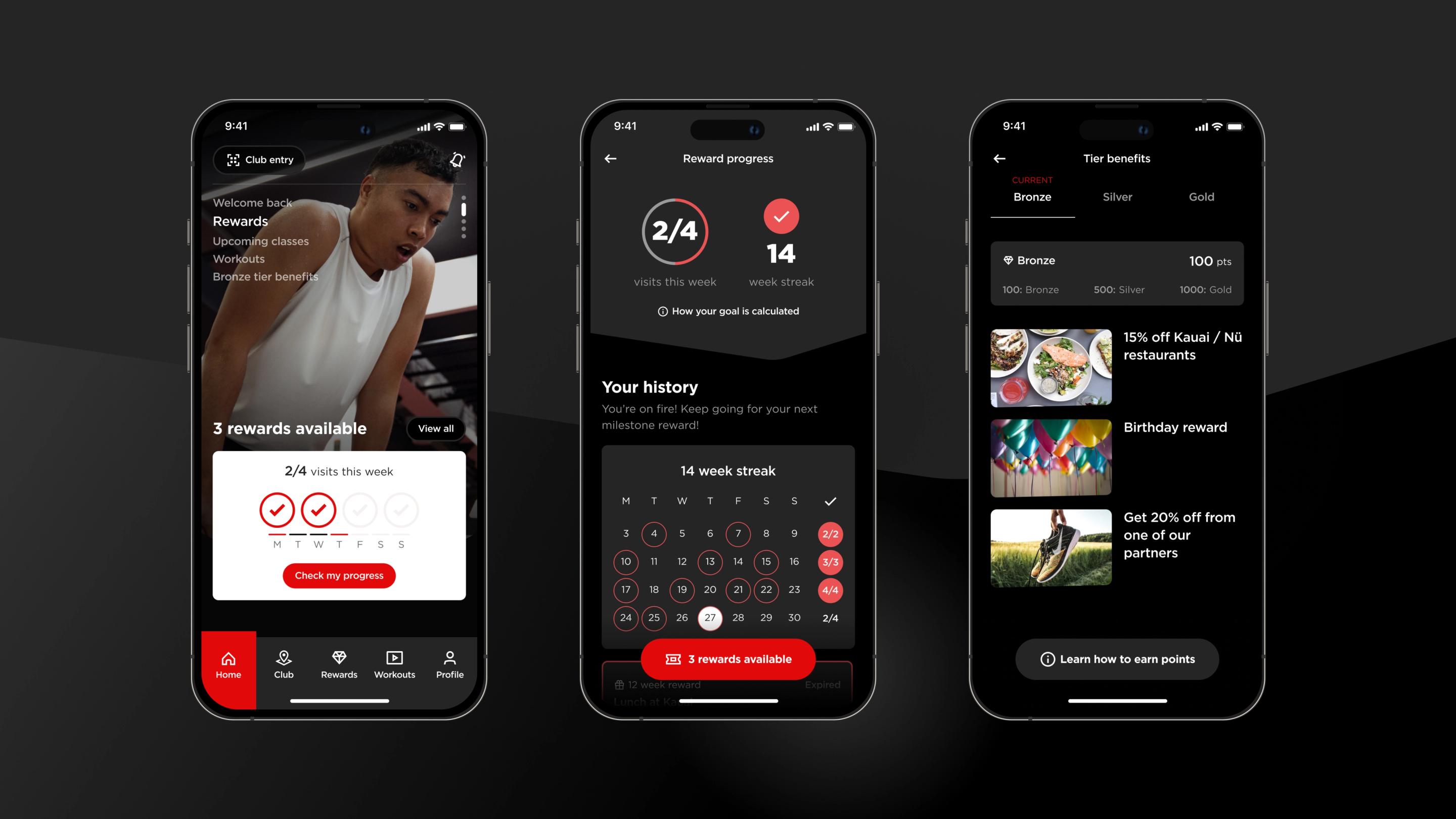
Creating a Loyalty Solution That Works
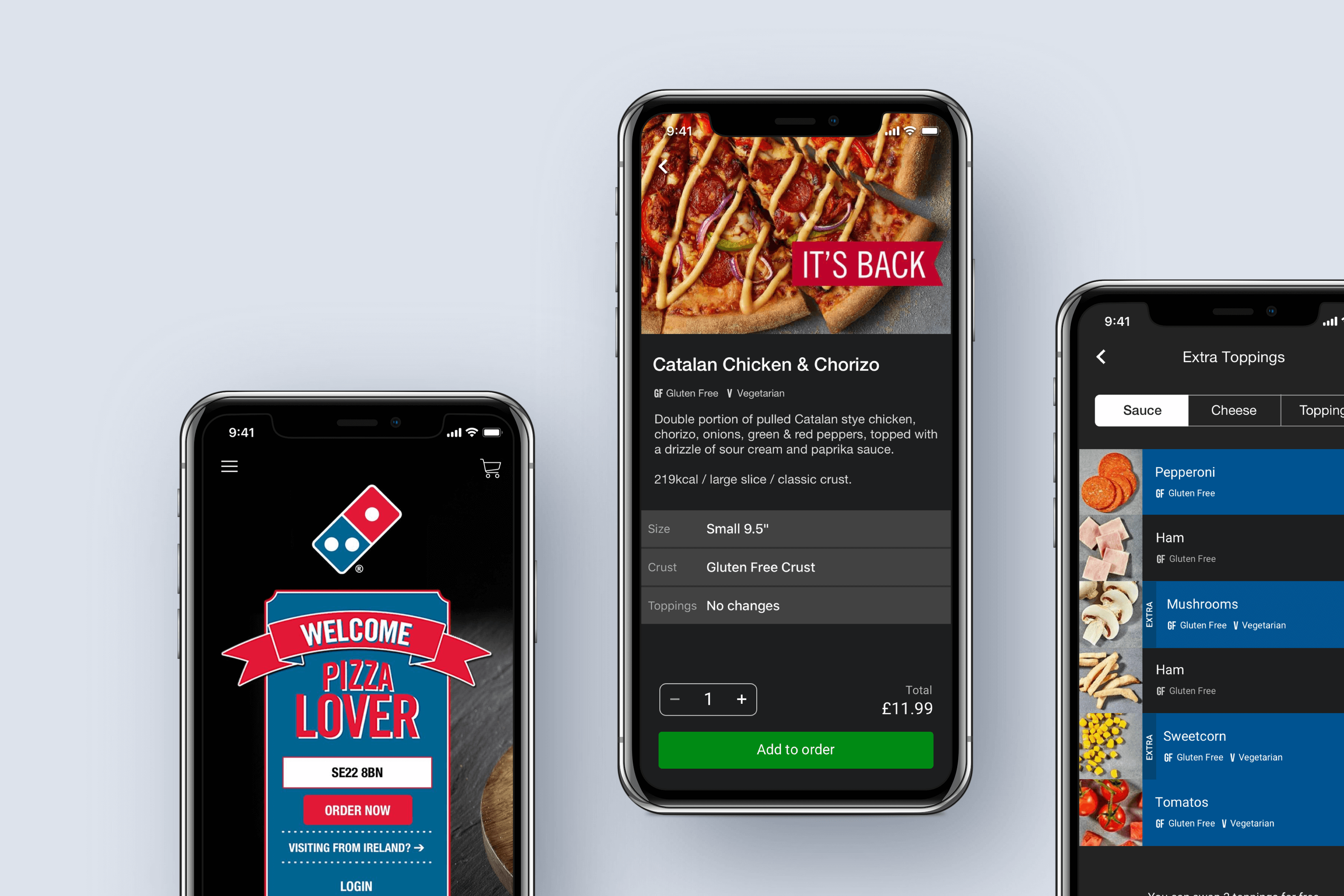
How Domino’s Pizza Became the Mobile Brand of the Decade
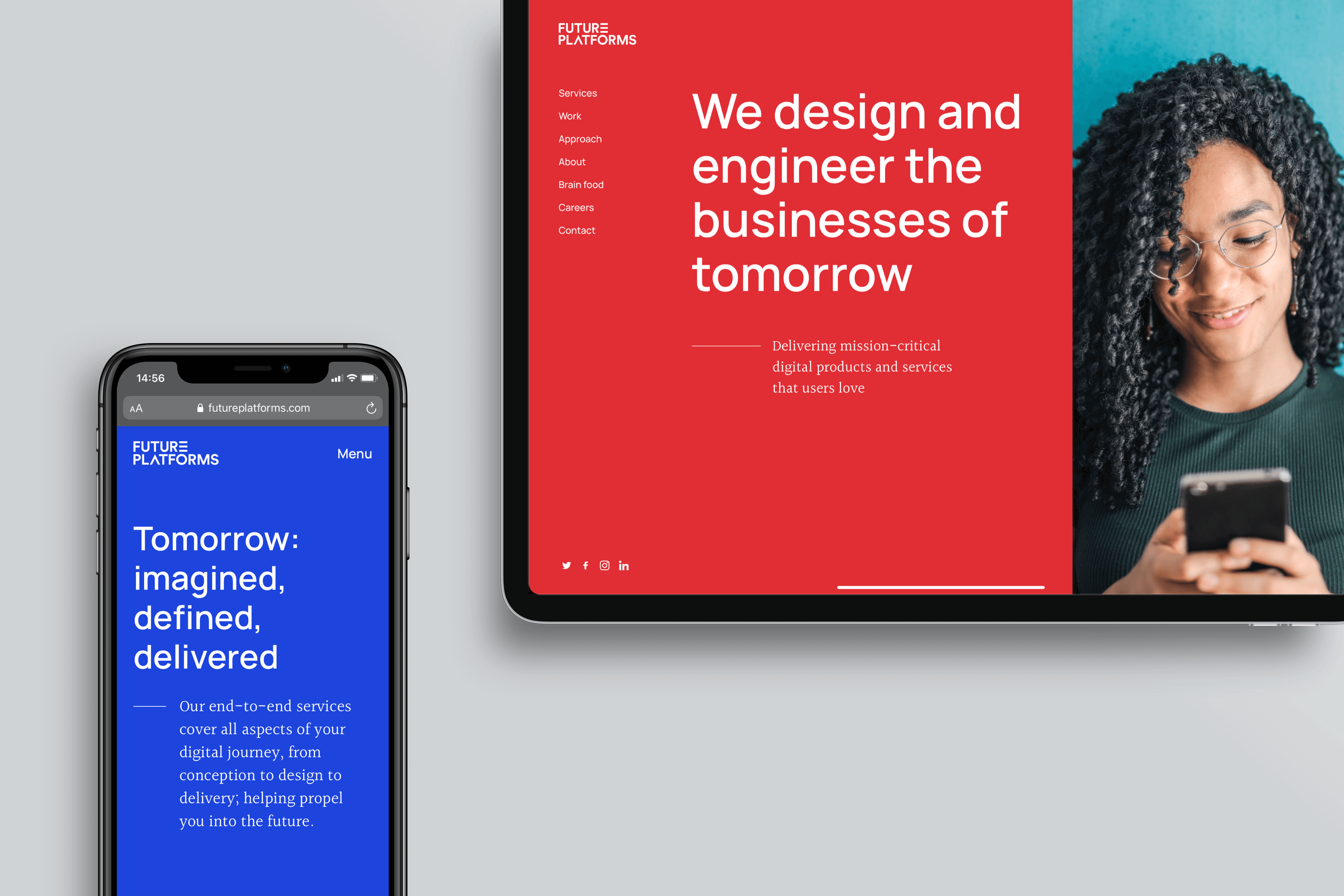
Future Platforms Rebrands to Reflect Business Growth

What Every Industry Can Learn From Those Transforming Fastest
